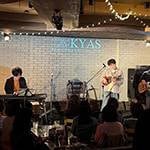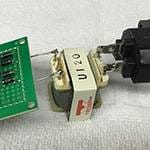As the gloomy skies start showing more sunny intervals, I noticed an increase in mosquito bites lately. I found 13 of them so far.
The horses on the ranches I pass by on drives also seem to be feeling the heat.
Now, please listen to this.
For those who love horse racing, this sound might make your palms sweat instantly.
To explain briefly, this is the music that plays at the racetrack to signal the start of a race. It’s somewhat similar to the departure melodies you hear at train stations.
In Japan, this fanfare is an indispensable part of any horse race, and many fans look forward to it.
However!
Did you know that this fanfare culture is almost exclusive to Japan?
I didn’t. I only found out recently, and I was so shocked that I decided to write this article.
So, I’ve summarized the history of Japanese horse racing fanfare.
The Beginning
Why did fanfare start playing in the first place? The reason is quite simple.
It started around 1959 and due to the poor sound quality of radio broadcasts, the in-house announcements for race starts were hard to hear. To address this, they tried playing “Bahn Frei!” which was well-received by the Japan Racing Association and thus became a fixture. This practice then spread widely.
The Appearance of Original Pieces
After its inception, we jump to 1986, the year Symboli Rudolf retired and Mejiro Ramonu became the first filly to win the Triple Crown.
Starting this year, the Nakayama Racecourse began using original compositions made specifically for horse racing. The composer was Koichi Sugiyama, famous for the Dragon Quest Series.
Following this, by around 1988, fanfares were introduced at various locations across Japan.
Before the current fanfare, these pieces were played. I wish I could have heard them in real-time.
And Now
The fanfare you heard at the beginning of this post is the one used for JRA races in Kansai.
This one is for Kanto.
And there’s even a special fanfare for the Takarazuka Kinen.
These three are mainly played during the highest-grade races, the G1 races. Including regional and memorial races, the variety of fanfare pieces is immense. Many fans might go to the racetrack just to hear these fanfares.

Here’s a picture from the 2021 Tenno Sho (Autumn). I listened to the Kanto fanfare at this event. By the way, I got to see the top three horses, Efforia, Gran Alegria, and Contrail, live. Isn’t that great? (I was too excited and didn’t take any photos, which I regret...)
I wrote this article while learning myself. It’s fascinating that this fanfare tradition, so diverse and characteristic of Japanese horse racing, is hardly known overseas.
Incidentally, since I mainly travel within Kanto, I’ve never heard the Kansai fanfare live. It’s about time to travel to hear it. So, I’ve set my goal for this year:
Hear the Kansai fanfare live.
Wish me luck!
Also, check out the music festival goods available for purchase at Sound House, many of which are great for race day!
⇒ List of Rainwear and Ponchos
⇒ List of Bags and Sacoches
⇒ List of Fans and Humidifiers






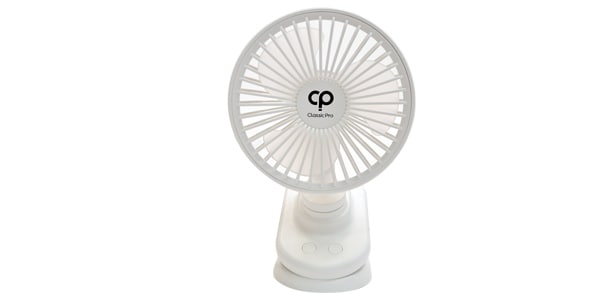
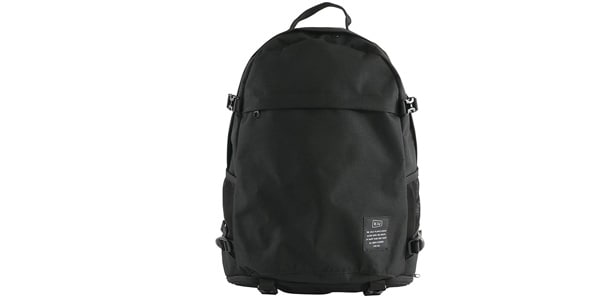


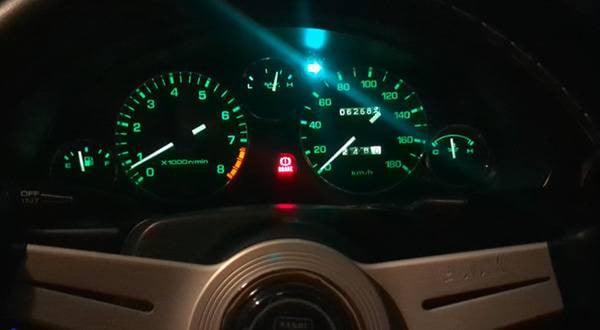
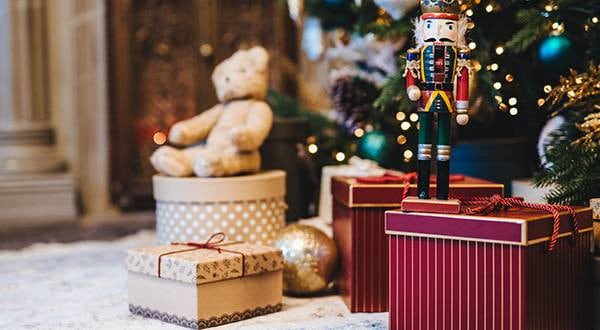


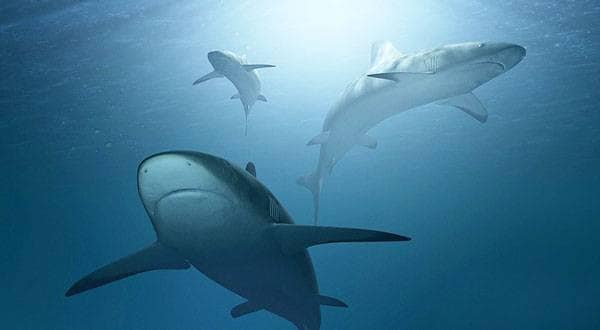
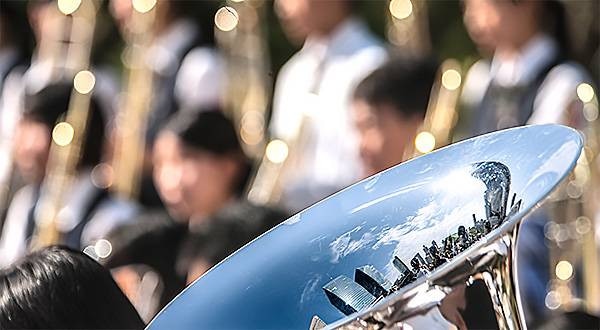
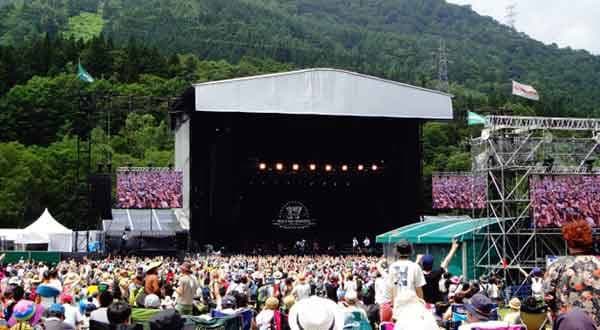
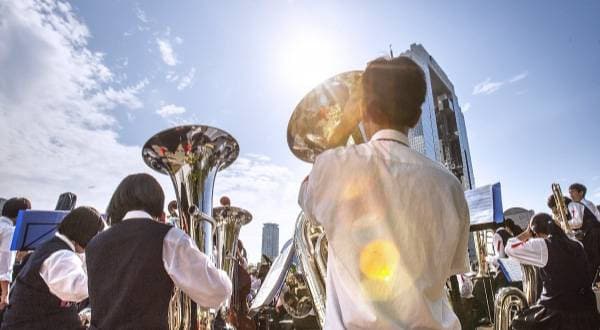
 吹奏楽マストバイアイテム
吹奏楽マストバイアイテム
 プラスチック管楽器特集
プラスチック管楽器特集
 デジタル管楽器とは
デジタル管楽器とは
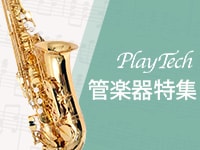 PLAYTECH 管楽器特集
PLAYTECH 管楽器特集
 みんなでつくる 新・音楽用語事典
みんなでつくる 新・音楽用語事典
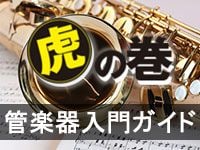 サウンドハウス虎の巻 管楽器入門ガイド
サウンドハウス虎の巻 管楽器入門ガイド

